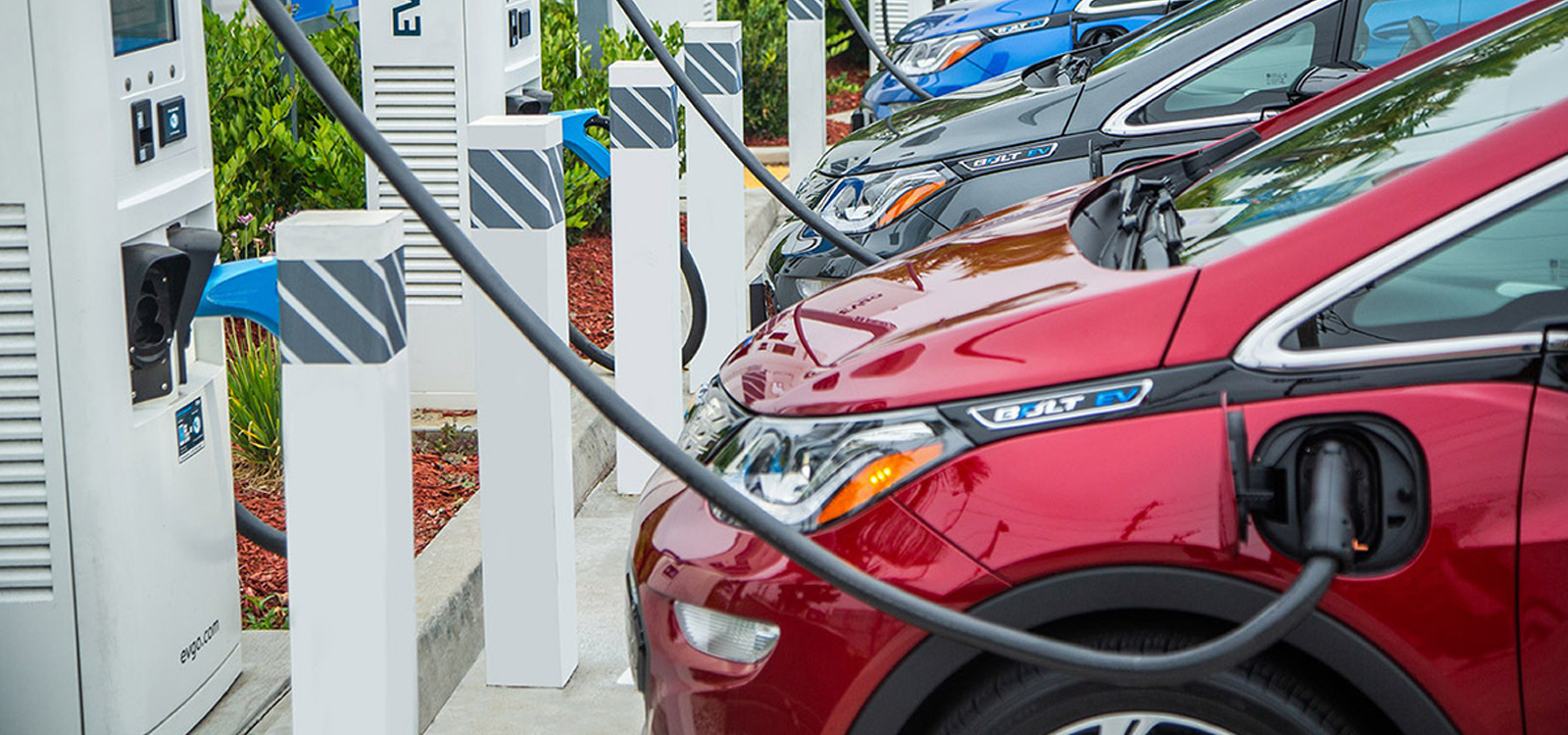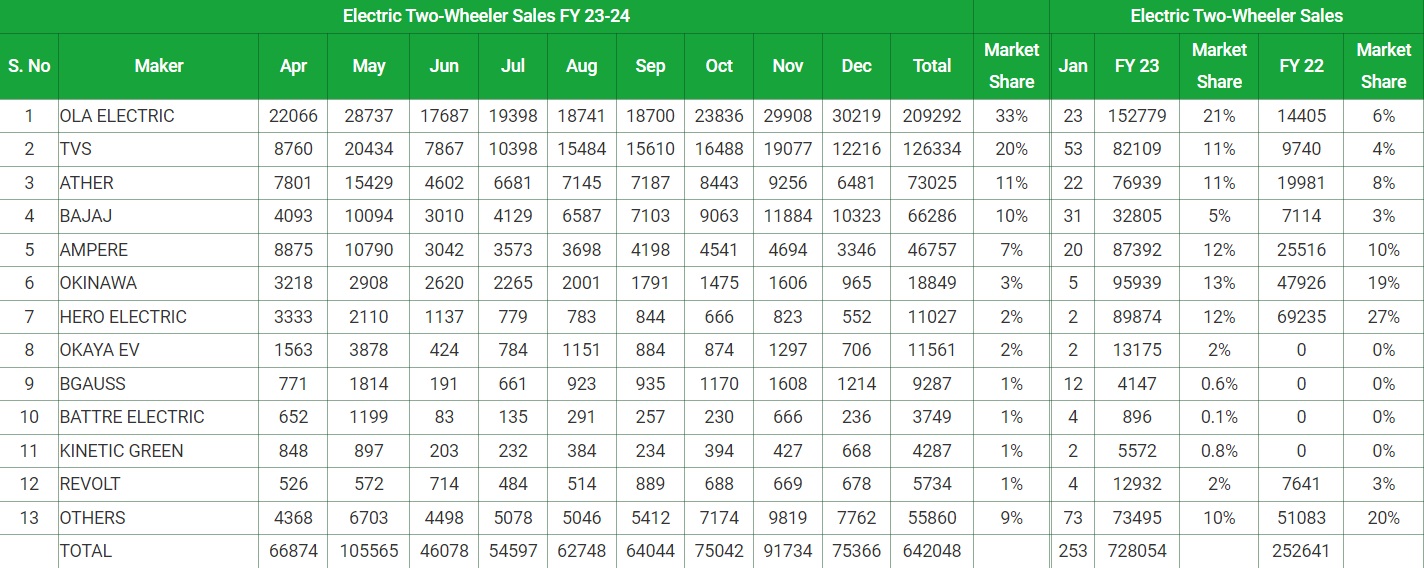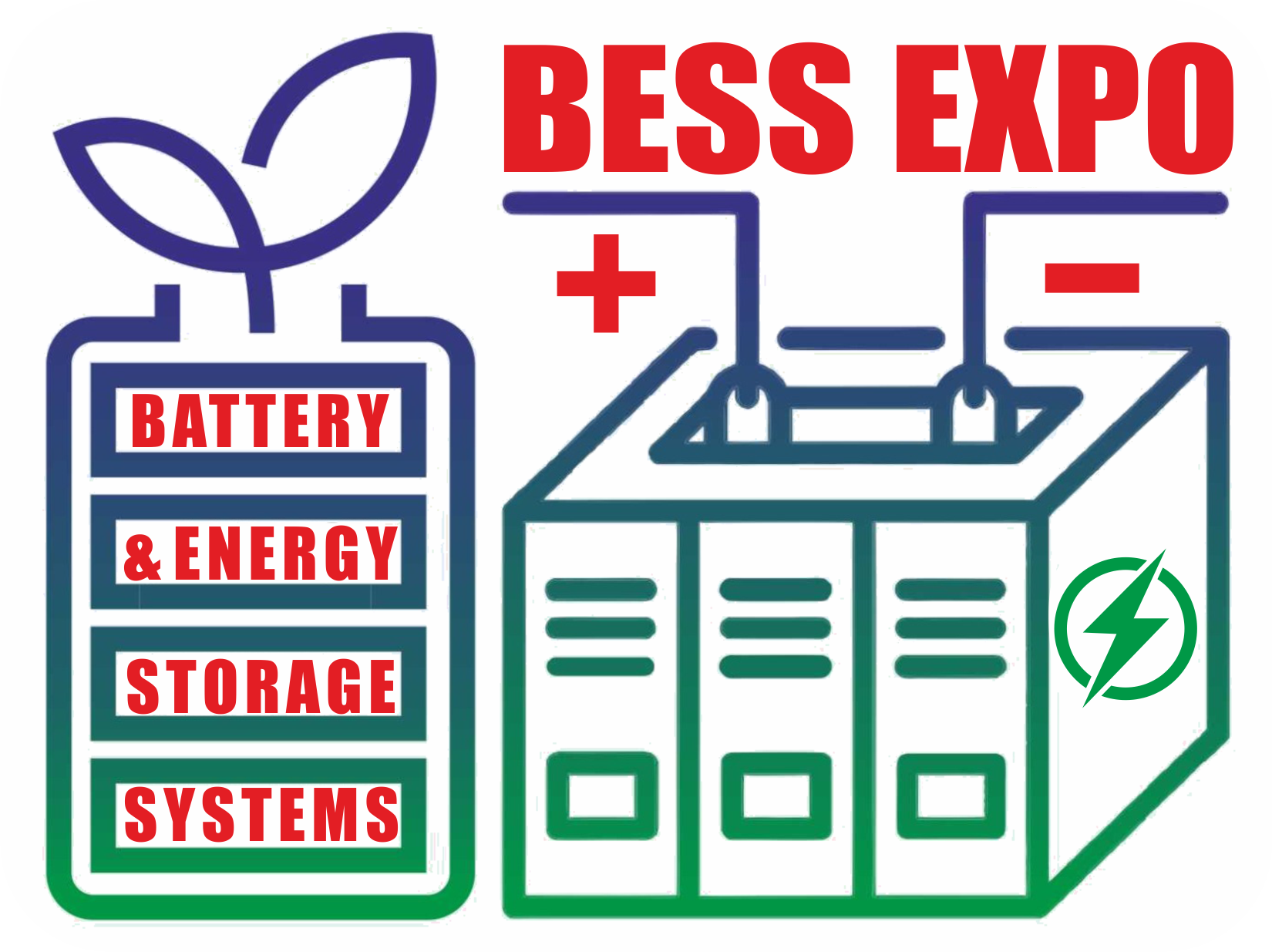
INDUSTRY
EV INDUSTRY HIGHLIGHTS
The Indian government has set a target to achieve 30 percent electrification of the country’s vehicle fleet by 2030, and has introduced several incentives and policies to support the growth of the EV industry. The industry was given a major boost in the FY24 Union Budget for the production of electric vehicles, adoption of hydrogen fuel, and embracing changing technologies. In the 2023-24 Union Budget, Finance Minister Nirmala Sitharaman announced a budget allocation of INR 35,000 crore for crucial capital investments aimed at achieving energy transition and net-zero targets by 2070. Furthermore, she stated that the government will support Battery Energy Storage Systems with a capacity of 4,000 MWH through viability gap funding. For electric vehicle manufacturers, the government has already launched initiatives such as the Faster Adoption of Manufacturing of Electric Vehicles Scheme – II (FAME – II) and the Production Linked Incentive Scheme (PLI). The Budget has allocated INR 51.72 billion (approximately $ 631 million) towards its FAME-II scheme to subsidize and promote the adoption of clean energy vehicles. This represents an 80 percent increase in budget allocation from previous years. The reduced custom duty on Lithium-iOn batteries used in electric vehicles and excise duty exemptions on natural gas and biogas could result in more foreign electric vehicles being imported to India.
The top Electric vehicle producers in India are Tata Motors, JBM Auto, Olectra Greentech, Mahindra Electric mobility, Ola Electric Mobility, Ashok Leyland Electric, Hyundai, Hero Electric, Menza Motors, Lohia Auto, Kia Motors, etc. Several international companies have also entered the market. Swedish luxury carmaker Volvo Cars is exploring possibilities to set up a new electric vehicle manufacturing facility outside China and India is a contender in the race. The charging infrastructure is being expanded with investments from both government and private companies in setting up charging stations. The nation’s first EV charging plaza was established by EESL in July 2020, and in just a few years, the number of charging stations has multiplied over five times.
INDUSTRY OVERVIEW
The electric vehicles industry at a nascent stage in India. It is less than 1% of the total vehicle sales however has the potential to grow to more than 5% in a few years. At present there are more than 5 lac electric two-wheelers and few thousand electric cars on Indian roads. The industry volumes have been fluctuating, mostly depending on the incentives offered by the government. Many serious players (Hero Eco, Ather, Electrotherm, Avon, Lohia, Ampere, etc) are continuing with the mission and trying to enforce the positive change under the banner of SMEV.
More than 90% of electric vehicles on Indian roads are low-speed electric scooters (less than 25km/hr) that do not require registration and licenses. Almost all electric scooters run on lead batteries to keep the prices low, however, battery failures and low life of batteries have become major limiting factors for sales besides government subsidies. Many manufacturers have taken initiatives to install the charging station with limited success. Players like Lohia and Electrotherm have developed Electric three-wheelers. Ampere and Hero have entered Electric Cycles segments. There are numbers of E-Rickshaw players mushrooming across the country and selling good numbers of E rickshaw for last-mile connectivity.
The Industry is almost ready for take-off but for the incentives. It is expected that with FAME-2 the Industry may witness a quantum leap in volumes and technology. SMEV sees a great opportunity with EVs in reducing the Carbon footprint, dependence on Crude oil imports, creating jobs and building a new Technology knowledge hub in India.
INDUSTRY STATISTICS

EV – 2 WHEELERS (2023-24)




